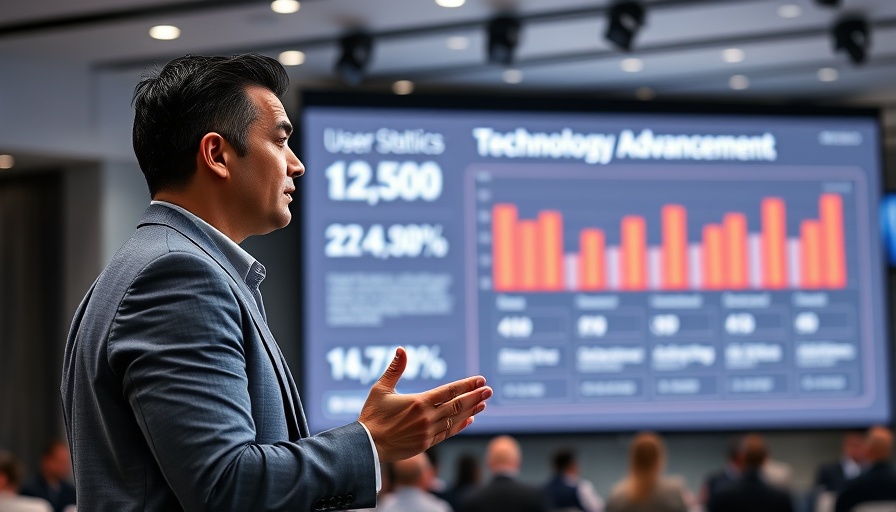
Kakao's Leap into AI: A Turning Point
Kakao, the popular messaging platform that comprises 93% of South Korea's population, found itself at a critical juncture where engineering decisions had far-reaching impacts. To continue providing robust services to its 49 million users, the Kakao engineering team faced steep challenges with their existing GPU-based infrastructure, which was nearing its limits. Recognizing that expanding this setup would not be cost-effective or sustainable, they decided to pivot to Google Cloud TPUs.
Optimizing Performance with JAX
The choice to adopt the JAX framework was not arbitrary—it was driven by the need for efficiency, scalability, and flexibility to address the complex demands of their language models, particularly in processing the intricacies of the Korean language. This change was crucial, enabling Kakao to optimize costs while enhancing performance. By utilizing Cloud TPUs and the high-performance computing model that JAX offers, they were able to create a more effective learning environment for their AI models.
Kanana Models: A Step Forward in AI Development
As a direct outcome of this strategic decision, Kakao was able to develop the Kanana model family, including the Kanana-MoE model, which is now available on Hugging Face Hub for open source access. This demonstrates not just Kakao's commitment to tackling AI challenges but also their desire to contribute to the AI community at large. Leveraging the mixture-of-experts model, they can fine-tune their language processing capabilities, with implications for AI applications across various sectors.
The Importance of Customization
The journey didn’t end with technology adoption; it required comprehensive customization tailored to Kakao's specific needs. For instance, by implementing XPK for Kubernetes cluster management, they simplified job management processes, making it easier to handle complex training models without needing deep Kubernetes expertise. This level of customization directly correlates with their commitment to achieving operational efficiency and stability, as they relied on deterministic data processing with their Grain data pipeline solution.
Future Trends in AI Infrastructure
Kakao's journey exemplifies a trend in the broader AI landscape: the necessity for scalability through innovative technological infrastructure. As more organizations confront the limitations of traditional GPU systems, transitioning to TPUs and frameworks like JAX will likely become a common solution, influencing industry-wide adoption of such technologies. This sets the stage for future deployments to not only be more scalable but also more accessible for companies striving for excellence in AI product development.
Embracing the AI Revolution
The path Kakao has taken illustrates the importance of being at the forefront of emerging technologies. By investing in cutting-edge AI capabilities and openly sharing advancements like the Kanana models, Kakao is part of a larger movement that seeks to harness the full potential of artificial intelligence. As the AI infrastructure evolves, businesses must recognize these trends and consider how adapting to new technologies can also create strategic advantages.
 Add Row
Add Row  Add
Add 




Write A Comment